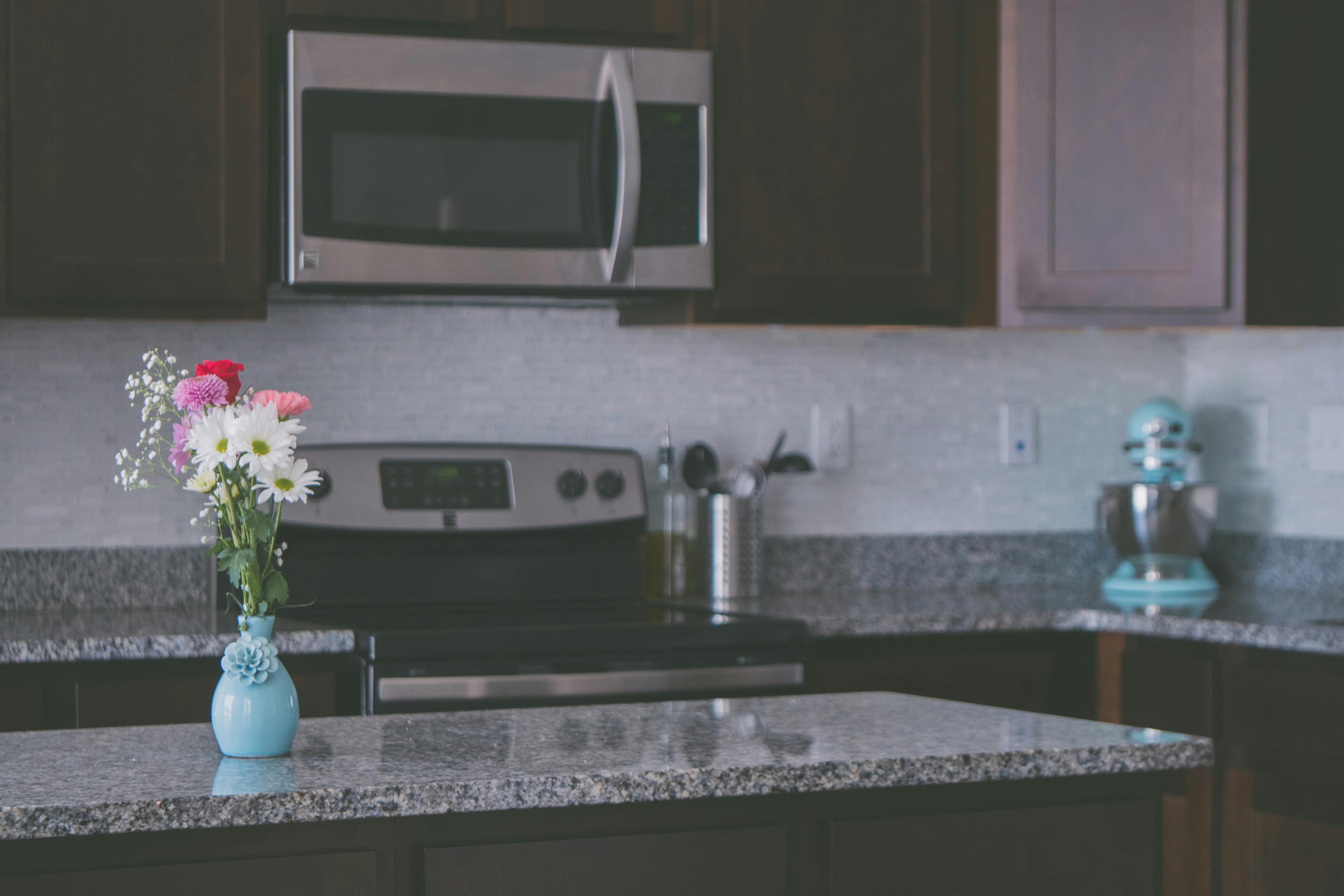Repair a speaker cabinet replacing a home theater speaker
When it comes to great audio sound, there’s no more overlooked part of a home theater system than the speaker cabinet. It’s the last link in the sound chain, and it controls how you ultimately hear everything. The speaker cabinet reproduces the tone as sound waves in air, creating subtle differences in sound. What happens when you have a blown speaker in one of your cabinets? Do you fix it or just buy a new one?
Usually the answer to this question is a resounding yes, simply because those cabinets were built with your speakers in mind. That’s what they designed for. Think of the amount of math and engineering that went into building the cabinets with a certain amount of air space in mind. These cabinets were specifically tuned for those old speakers. Installing other speakers in there will not sound the same as your old speakers.
Here is a simple step by step process on how you can remove the faulty speaker from the cabinet and repair it.
- Take the speaker cabinet you will be working on and lay it on its back to remove the speaker grill. Some grids are different from others. Some simply snap into place, while others are secured with screws visible from the side or front of the cabinet.
- Now that you’ve removed the grill, you’ll next unscrew the first screw from the faulty speaker, and then the screw opposite the first. All screws must be removed in an order of opposite pairs.
- Now carefully remove the speaker from the cabinet. You will still be connected by wires to the other speakers and the main unit. Some are linked by two cables, while others by four. There should never come a time when you remove a speaker and only one cable remains. If you see that this is the case, then you may be in luck and the speaker is simply unplugged and not blown.
- Now take those wires that are hanging out the back and pull them out of the tabs on the speakers using the plastic connectors. Never pull on the cable itself. You will end up damaging it. Those tabs should be color coded to help you distinguish between the positive (red) and negative (black) wires. If they aren’t, just label them with a marker before removing them. Be careful not to let the cables fall back into the cabinet once you remove them by taping them to the sides.
- Recheck that the removed speaker is blown and dead by determining the resistance between the two positive and negative connection tabs. If you get a meter reading of less than one ohm or more than twice the impedance rating, you have a bad speaker. If you get a reading between the two good zones then there should be no problem with the speaker. Another way is to lightly press the center of the speaker cone. The speaker is burned if it makes a squeaky sound or does not return to its original shape.
- Now that you have your new speaker ready to go, you’ll need to reconnect the wires by pushing the connectors into the corresponding tab. Position the speaker into the mounting hole and reattach the screws in the same opposite pair fashion as previously used.
- Lastly, you’ll tighten all those screws, replace the grill, and return the speaker cabinet to its upright position.
